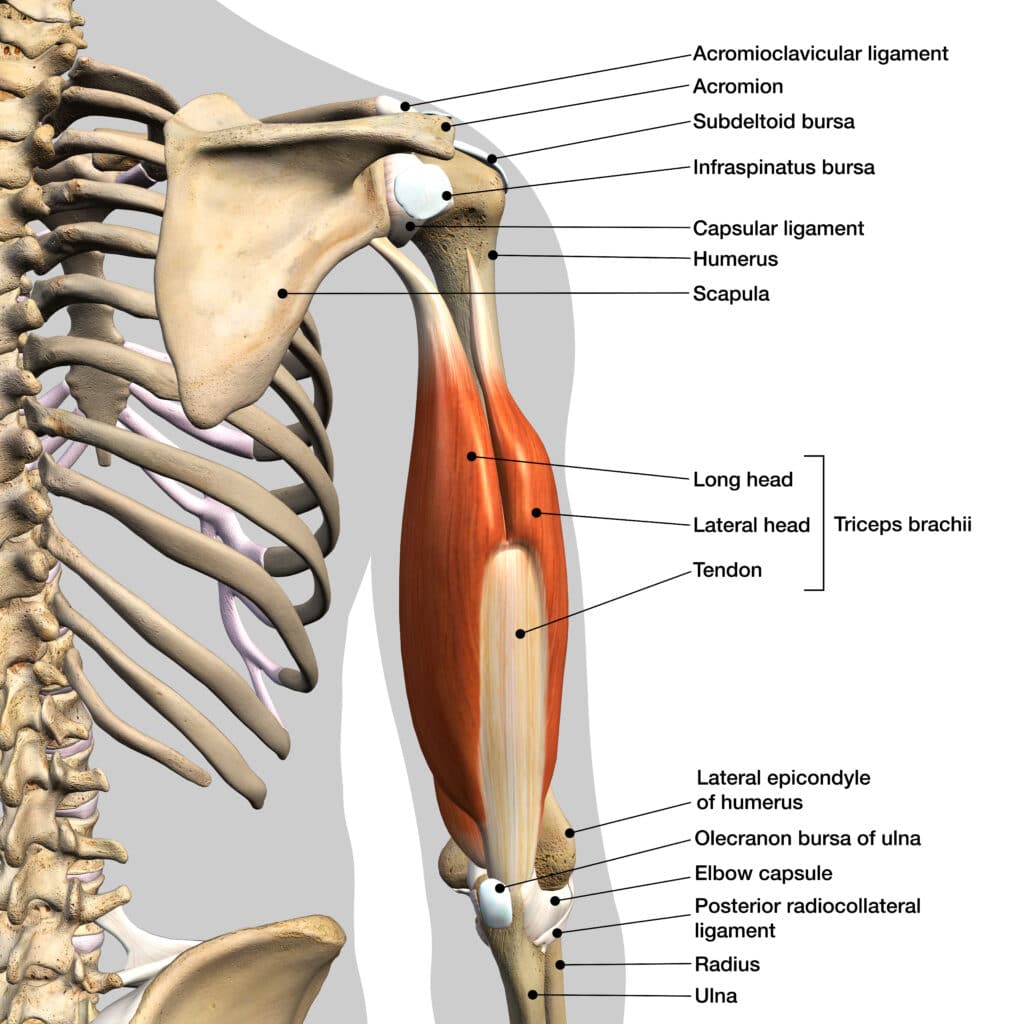What Does Shoulder Bursitis Feel Like?
Shoulder bursitis is a painful inflammatory condition that can make arm movement difficult and limit range of motion. There are a few different types of shoulder bursitis — acute, recurring, and even life-threatening — so it’s integral to see a shoulder specialist for a proper diagnosis. With guidance and an effective plan, many cases of shoulder bursitis are treatable at home.
What triggers bursitis in the shoulder?

We have over 150 bursae in our bodies, located in places where friction typically occurs. Bursae are sac-like structures that provide a cushion between hard tissues (like bones) and soft tissues (like tendons, skin, or ligaments). Their cushioning action allows hard and soft tissues to move together and protects them from damage.
Bursae are typically thin — just the thickness of a few cells — and are unnoticeable unless there’s a problem. Irritation and inflammation (-itis) of a bursa (bursitis) causes it to thicken and swell. Since the space between bones and tendons is already small, a swollen bursa can get pinched during movement.
According to Cleveland Clinic, shoulder bursitis is the most common type of bursitis. People can also get bursitis in their elbow, hip, knee, heel, or at the base of their big toe.
How do I get rid of bursitis in my shoulder?

Most often, shoulder bursitis develops from overuse or repetitive shoulder and overhead movements. While anyone can get bursitis in their shoulder, certain professionals, athletes, and people with pre-existing conditions are more likely to experience the issue, including:
- Carpenters, builders, or painters
- Football, softball, or lacrosse players
- Those with osteoarthritis, rheumatoid arthritis, gout, kidney issues, or thyroid disease
- Older individuals
Most people get better from a bout of bursitis using home-care techniques like rest, wearing a brace, and performing stretching and strengthening exercises as directed by their orthopedic shoulder specialist.
What is the fastest way to heal shoulder bursitis?
Shoulder bursitis can cause dull, achy, or sharp pain or merely mild tenderness. The affected arm might feel stiff, and you may feel like you can’t use it as you typically would. It can hurt to lay on that side, and your shoulder may be swollen, red, or warm.
The speed with which you heal bursitis depends on its cause. Shoulder bursitis can be chronic, acute (also called traumatic), or infectious. Determining which type of bursitis you have can be challenging, as symptoms often overlap.
Chronic Bursitis

Chronic bursitis is most commonly caused by repetitive friction. It may seem to come out of nowhere or occur after repeat injuries or multiple instances of acute bursitis.
Chronic shoulder bursitis may come and go. Flare-ups can last weeks or months, and ongoing issues can lead to arm and shoulder weakness. You may learn to accommodate shoulder pain by using your body differently. Left untreated, however, these accommodations can then lead to neck or elbow pain.
Acute Traumatic Bursitis
Acute or traumatic bursitis typically stems from an injury, repetitive rubbing of an extremity on a hard surface, or excessive joint bending. In acute bursitis of the shoulder, the area may appear bruised, and touching or moving the shoulder usually worsens the pain.
Infectious Bursitis
Bursae colonized by staph or other bacteria often become red, swollen, and painful. People with infectious bursitis, sometimes also called septic bursitis, may feel sick and develop a fever. Bursitis caused by an infection can be dangerous and life-threatening if it’s left untreated and spreads to other parts of the body.
Treating Shoulder Bursitis at Home
Since treatment depends on which type of bursitis you have, it’s imperative you see an orthopedic shoulder specialist for a diagnosis. See your specialist immediately if you have any signs of a potential infection, including unusual redness or swelling in the shoulder, fever, or chills.
Your orthopedic doctor will perform a physical exam and might use diagnostic measures such as X-rays (to check for arthritis, bone spurs, or other shoulder issues), an MRI or ultrasound (to look for inflammation in bursae), or joint aspiration (removal of bursal fluid to test for infection).
You’ll receive instructions for home treatments and should see improvement within a few weeks. Remember that consistent care is key, as recurrent flare-ups are common to those who’ve previously had shoulder bursitis.
General treatment recommendations may include:

- Activity modification
- Shoulder immobilization using a brace or splint
- Wearing padding (if the area is impacted during sports)
- Icing for 20-30 minutes two to three times per day to reduce pain and swelling
- Using non-steroidal anti-inflammatory medications as directed
Because bursitis can limit range of motion, it’s integral to temporarily stop doing any sports or activities that exacerbate the pain. While avoiding these movements seems like a natural response to the pain, it can be difficult for competitive athletes or those whose careers demand these movements.
If general treatment methods do not provide adequate relief and healing, your orthopedic shoulder specialist may suggest oral steroids or guided injections. If you have infectious bursitis, you will be prescribed antibiotics.
Do you need surgery for shoulder bursitis?
If your pain, limited range of motion, or arm and shoulder weakness do not improve sufficiently and continue to interfere with daily life, you may need surgery. Surgery for shoulder bursitis is fairly rare, but it may be necessary for some chronic cases.
Bursitis surgery is typically done arthroscopically, via small incisions and a tiny camera. Your orthopedic shoulder surgeon might remove damaged tissue that’s irritating the bursa, drain the inflamed bursa, or entirely remove the inflamed bursa to make more room for the tendons and bones to move.
Talk to your shoulder specialist about preventing shoulder bursitis and potential recurrences using methods like:
- Proper warm-up routines
- Regular stretching and strengthening exercises
- Appropriate breaks and periods of rest
- The use of a shoulder brace
If you have shoulder pain or would like to talk to one of our shoulder specialists about preventing future bursitis episodes, please get in touch with us or comment below.
2 Comments
Permalink
The pain is so bad I feel like I wanna kill myself. Are you sure this is the type of pain bursitis causes it wouldn’t be cancer of the bone or anything with it I feel like I need to be in a hospital on a morphine drip. it’s really painful to touch if I push it with my finger I want to cry I’m 71 years old Vietnam veteran bullets didn’t hurt this bad lol
Permalink
Hi Braun,
I’m really sorry to hear that you’re in so much pain. It’s important to talk to medical professional about your symptoms, especially since it sounds very severe. They can help determine the cause and get you the treatment you need. Please don’t hesitate to seek help!